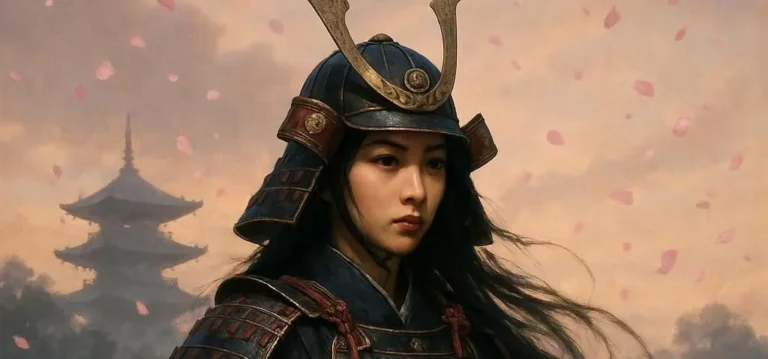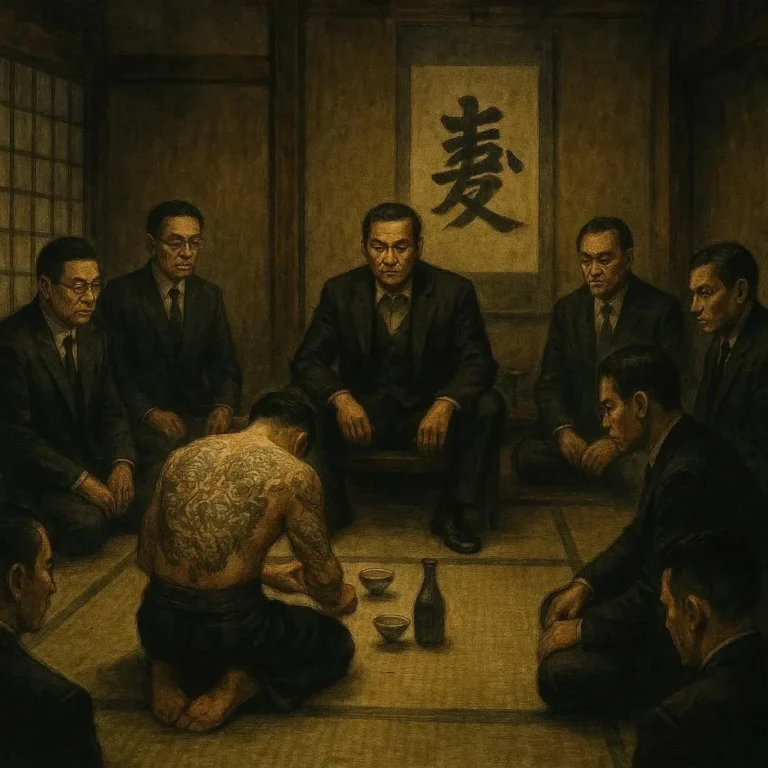506 views The Role of the Geisha in Japanese Cultural Heritage
The Cultural Legacy of Geisha in Japan
The Geisha, with their enigmatic presence and exquisite artistry, have long fascinated the world. Their role in Japanese cultural heritage is profound, serving as custodians of traditional arts. This blog delves into their history, cultural significance, and modern relevance.
Origins and History of Geisha
The Geisha tradition traces back to the 17th century, thriving in districts known as hanamachi. These artists were trained from a young age in music, dance, and poetry, embodying Japan’s rich cultural tapestry.
Cultural Significance and Artistry
Geisha are masters of traditional arts, including shamisen and classical dance. Their adherence to wabi-sabi philosophy highlights beauty in imperfection, making them symbols of cultural preservation.
Dispelling Misconceptions
Contrary to popular belief, Geisha are respected artists, not courtesans. Their dedication to their craft earned them esteemed status in Japanese society.
Modern Geisha and Cultural Preservation
Despite declining numbers, Geisha are experiencing a revival, engaging in festivals and cultural events. They navigate tradition and modernity, preserving heritage while appealing to new generations.
Conclusion and Call-to-Action
The Geisha’s role in Japanese heritage is invaluable. We encourage supporting cultural preservation by learning more and attending events. Explore their world and appreciate their enduring legacy.
For deeper understanding, visit Wikipedia for historical insights.






